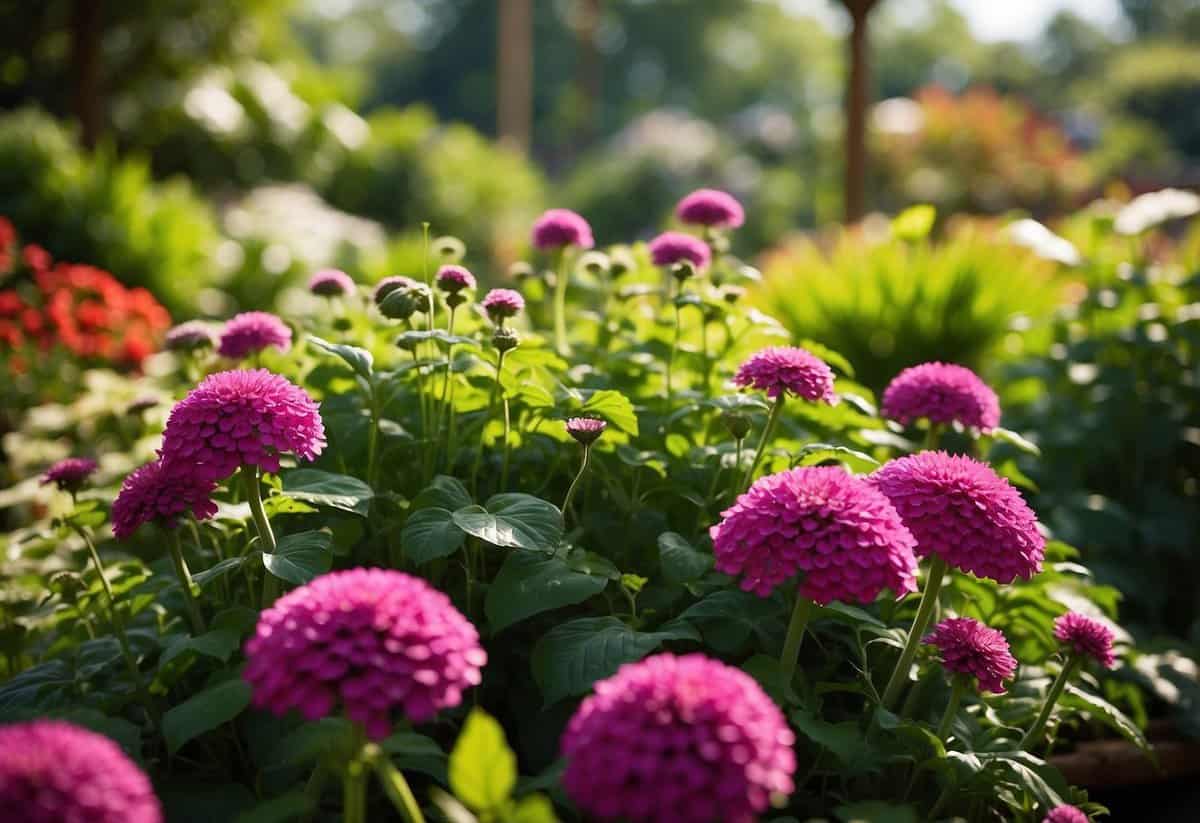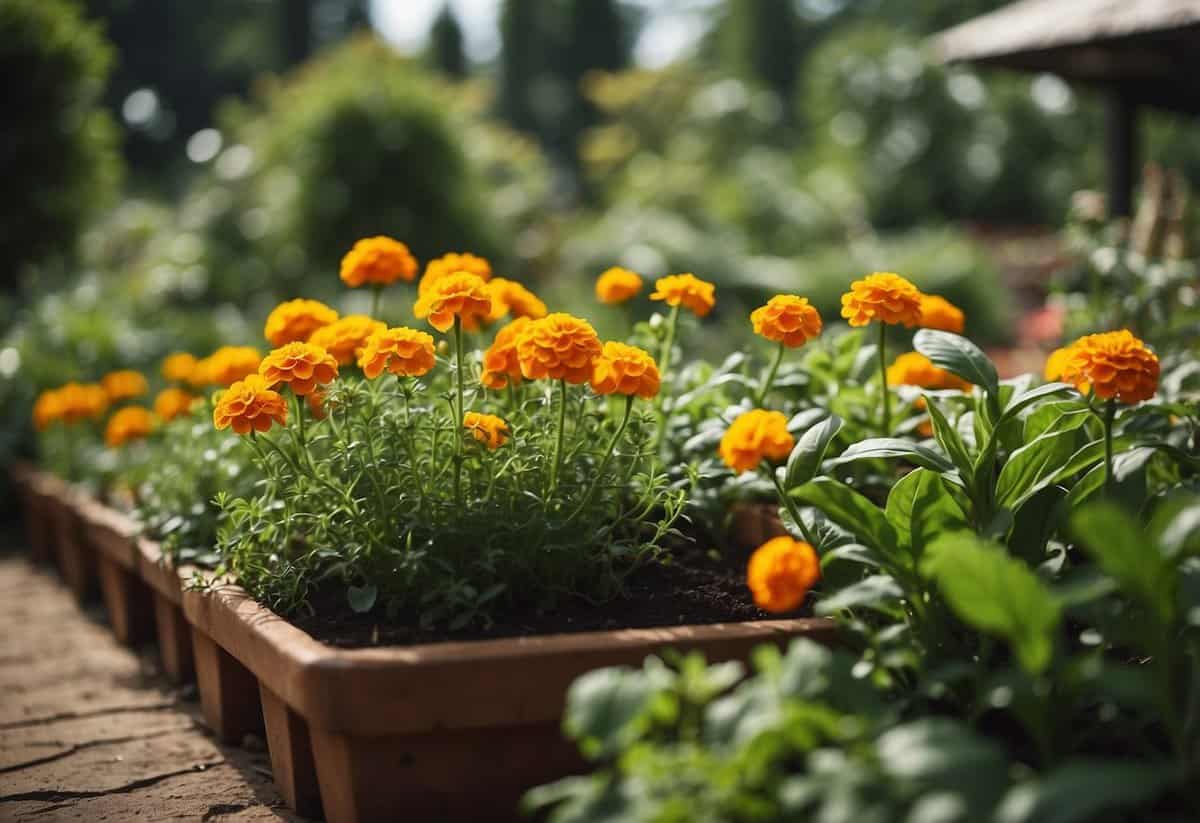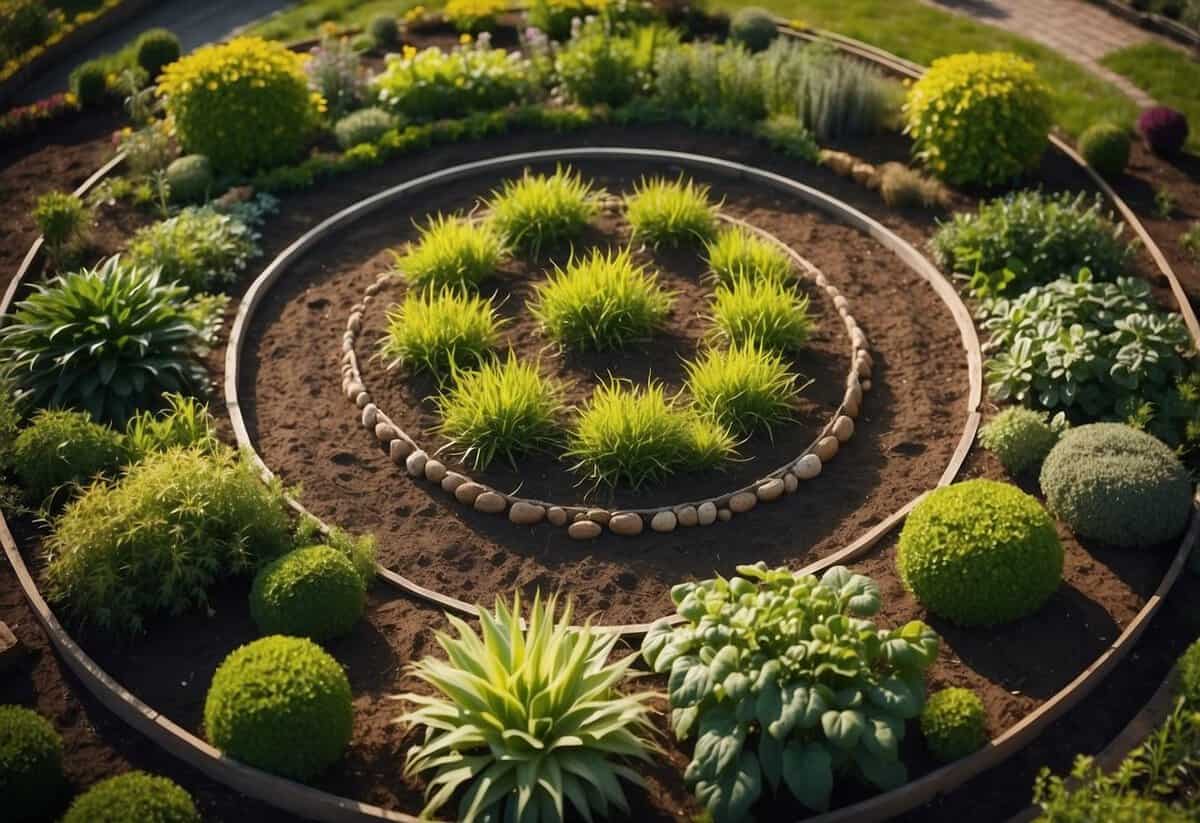Indian Garden Tips: Easy Ideas for a Flourishing Garden
Gardening in India can be a truly rewarding experience, yielding fresh produce and beautiful plants. Knowing the right techniques for soil, pest management, and plant selection can make your gardening journey easier and more successful.

Whether you’re a beginner or a seasoned gardener, tips specific to Indian conditions can help you make the most of your garden. From working with local soil types to handling common pests, your garden will thrive with these useful insights.
1) Choose Native Plants

Native plants are suited to your local climate and conditions, making them easier to grow in your garden.
They require less water and fertilizer compared to non-native species.
For example, Indian Grass provides beautiful autumn colors and winter interest.
Start by selecting plants that match the sunlight and soil type in your garden.
A well-chosen mix of native plants can make your garden thrive with minimal effort.
2) Use Organic Fertilizers

Using organic fertilizers is a great way to keep your garden healthy and thriving. They improve soil quality and help plants grow better.
You can use sources like dried banana peels, crushed eggshells, and coffee grounds. These are easy to find and good for your plants.
Another option is cow dung manure, which can be applied once a month during the growth phase. It provides nutrients and boosts plant health.
Organic fertilizers help prevent chemical buildup, ensuring your garden stays eco-friendly. Always choose organic options whenever possible to maintain a natural garden environment.
3) Install a Drip Irrigation System

Installing a drip irrigation system in your Indian garden can save you time and water.
First, lay out your mainline tubing around your garden. Next, connect the mainline to your water source using a garden hose.
Then, add micro tubing or soaker driplines to bring water directly to your plants. Finally, think about setting up a timer for automatic watering.
For more detailed instructions, visit Epic Gardening’s guide.
4) Compost Kitchen Waste

Composting your kitchen waste is a great way to reduce trash and create nutrient-rich soil for your garden. Start by collecting vegetable peels, fruit scraps, eggshells, coffee grounds, and tea leaves.
Layer your compost with dry leaves or cocopeat to balance the wet kitchen waste. Stir your compost regularly to keep air flowing and speed up decomposition.
You can add jaggery water to improve the quality. Using a compost bin can make this process cleaner and more efficient. Check out some composting kits available in India to get started.
5) Add Mulch to Retain Moisture

Adding mulch to your garden is a great way to keep moisture in the soil. Mulch helps to reduce water evaporation, so your plants stay hydrated.
Aim for a mulch layer that is 2 to 4 inches thick. This depth is perfect for letting rainwater seep through while stopping too much evaporation.
Mulch also helps prevent weeds from sprouting, which means less competition for water. Be sure to monitor your mulch to avoid crust formation that can block water absorption. This simple step will keep your garden looking lush and healthy.
6) Utilize Companion Planting

Companion planting is a smart way to improve your garden’s health. By planting certain plants together, you can ward off pests naturally. For example, growing garlic with potatoes helps protect them from aphids and other pests.
Some herbs like dill and oregano can repel insects too. Combining vegetables and herbs can lead to a happier, healthier garden. For ideas on pairing plants, check out this companion planting chart for India & benefits.
When planning your garden, consider including companion plants to boost your yields and reduce the need for pesticides.
7) Protect Plants from Direct Sunlight

Using shade cloth can help shield your plants from harsh sun rays. This cloth comes in different densities, so choose one that fits your plants’ needs. It’s something you can easily set up and take down as needed.
Tall plants like sunflowers and corn can also provide natural shade for smaller, more delicate plants. Plant them strategically to create protective patches.
Bring potted plants inside during peak sunlight hours. This works especially well for plants that need only a bit of morning sunshine. After a few hours outside, move them to a shaded or indoor spot.
8) Harvest Rainwater for Irrigation

Collecting rainwater is a simple and effective way to water your garden. You can set up a system to collect rain from your roof using gutters and downspouts.
Storing this water in a tank or barrel ensures you have water during dry periods. This method conserves water and supports a healthy garden.
Adding gravel mulch or permeable pavements helps rainwater seep into the ground, recharging soil moisture easily. For more details, check out this guide.
9) Practice Crop Rotation

Crop rotation is a smart way to keep your garden healthy. By changing the location of your crops each year, you can prevent pests and diseases from building up in the soil.
Switching places of crops can also improve soil fertility. Some plants use certain nutrients, while others replenish them. Read more about crop rotation to help your Indian garden thrive.
This practice helps manage weeds too. Different crops can hinder weed growth more effectively. Start rotating your crops and see the benefits in your garden!
10) Include Aromatic Herbs

Aromatic herbs add delightful scents and flavors to your garden.
Consider planting cilantro. This herb is great for Indian cuisine and can grow well in pots.
Another fantastic choice is mint. It’s easy to grow indoors and highly useful.
Lavender is not just fragrant but also beautiful. It can enhance your garden’s aesthetics.
Adding herbs like these can make your garden both practical and pleasing.
Soil Preparation

Preparing the soil is essential for a healthy garden. You need to choose the right soil and enrich it using compost.
Choosing the Right Soil
Choosing the right soil is crucial for your garden’s success. Start by testing your soil’s pH level. Most plants thrive in slightly acidic to neutral soil, with a pH of 6.0 to 7.0. You can find affordable soil testing kits online or at garden centers.
Look for well-draining soil. If you have clay-like soil, consider adding sand or compost to improve drainage. Soil texture can greatly affect plant growth. Loamy soil, a mixture of sand, silt, and clay, is ideal for most plants. Make sure your soil is not too compact; roots need to grow freely.
If needed, mix in organic matter to boost nutrient content. This can include compost, leaf mold, or well-rotted manure. Doing this will improve soil structure and provide essential nutrients for your plants.
Composting for Nutrient-Rich Soil
Composting is an excellent way to enrich your soil. It turns kitchen scraps and garden waste into valuable fertilizer. Start by setting up a compost bin in your garden. You can purchase one or make your own using wood or wire.
Add vegetable scraps, fruit peels, coffee grounds, and eggshells. Avoid meat, dairy, and oily foods as they can attract pests. Turn the compost regularly to speed up decomposition and prevent unpleasant odors.
Your compost should be a mix of green and brown materials. Green materials include vegetable waste and fresh grass clippings. Brown materials include dry leaves, straw, and paper. Keeping the right balance helps to produce high-quality compost.
Once the compost is ready, mix it with your garden soil. This will improve soil texture, increase water retention, and supply vital nutrients to your plants. By composting, you also reduce the amount of organic waste going to landfills.
Plant Selection

Choosing the right plants for your Indian garden involves understanding the local climate and picking plants that thrive in your specific zone. It’s also important to think about the seasons and choose plants that will flourish year-round.
Native Indian Plants
Selecting native plants is a great way to ensure your garden flourishes. Marigolds and jasmine not only bring beauty but also suit many Indian climates. They are hardy and need less maintenance compared to exotic plants.
Hibiscus is another excellent choice for its vibrant flowers and ease of care. Coconut palms thrive in tropical regions, while mango trees provide both shade and delicious fruit. These plants support local wildlife and uphold traditional gardening practices, ensuring your garden looks beautiful and stays healthy.
Seasonal Planting Guide
Different plants thrive in different seasons; planning ahead can help your garden stay lush throughout the year.
In the cooler months, broccoli, cauliflower, and spinach do well. During the warmer season, consider planting tomatoes, peppers, and eggplants.
Monsoon season brings a unique opportunity: indigenous herbs and greens like fenugreek and coriander can thrive. Use local climate knowledge to rotate your crops and ensure your garden has continuous growth and productivity all year long.
计划您的种植时间,可以帮助您的花园始终保持茂盛。







